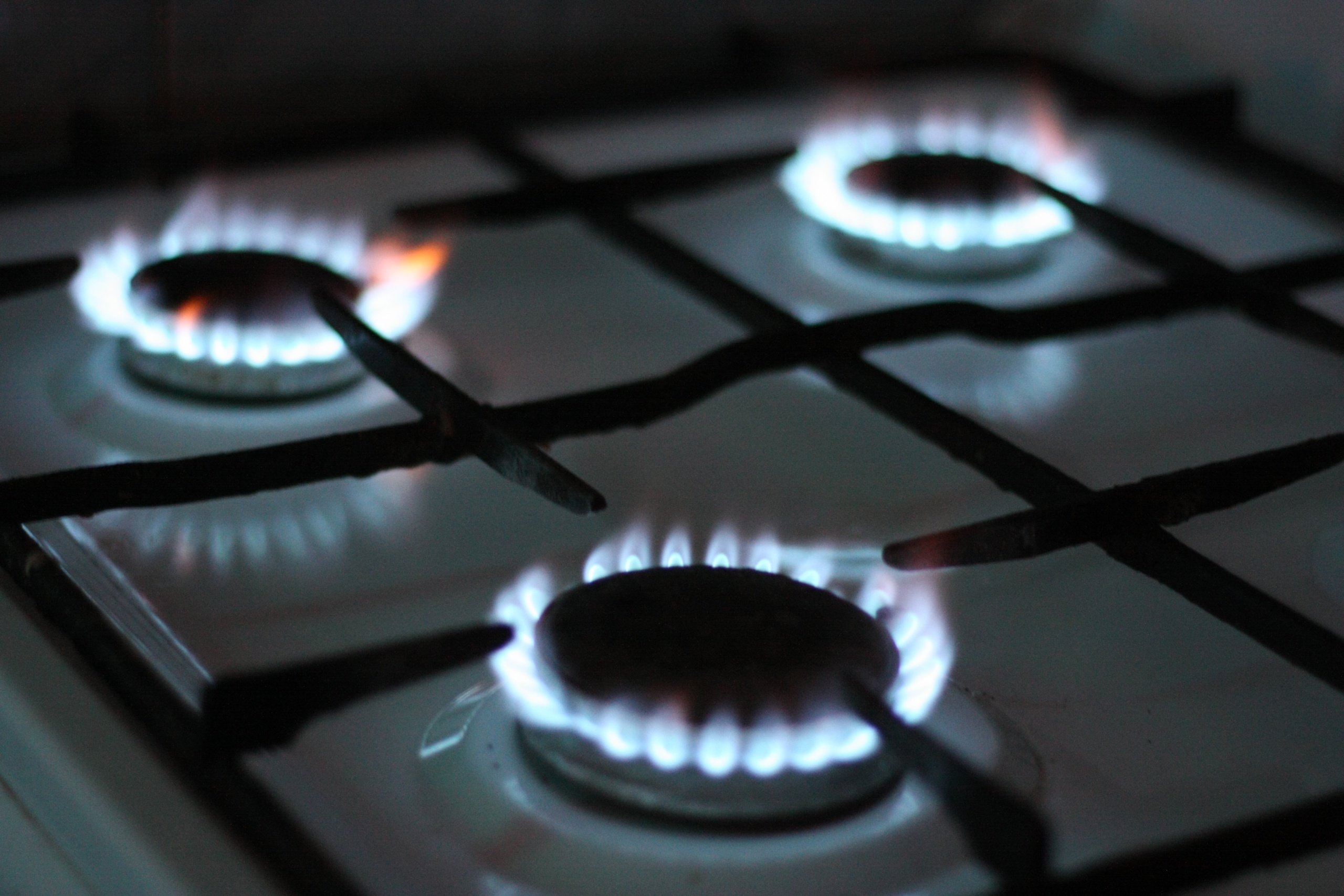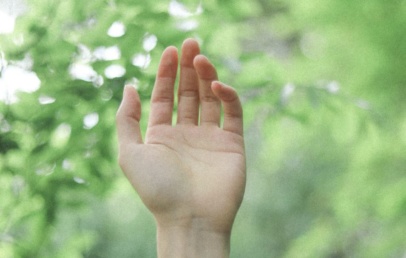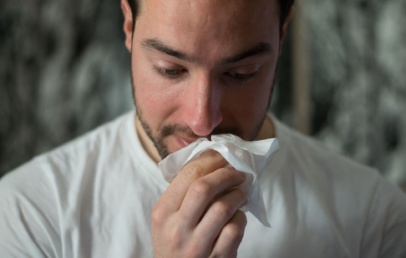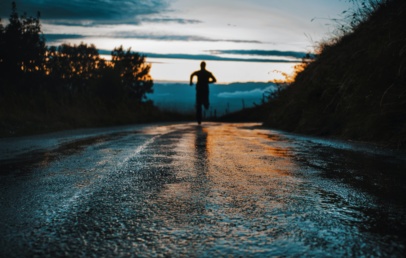
Burnt Your Hand? Let’s Fix It.
Burns to your skin come in first-degree, second-degree, and third-degree. A first-degree burn only affects the outermost layer of your skin, so they’re not a massive danger to your health, just painful and uncomfortable. If you administer treatment immediately after receiving a burn, it won’t hurt as bad and will heal faster.
- First, immediately run the burned area under some cold water or place a cold compress on it. Do this for around ten minutes until the pain eases off.
- Use a sterile substance like petroleum jelly to keep it cool and moist. Certain ointments are okay as long as they’re specifically for treating burns; generic stuff won’t work as well, and you could risk an infection.
- Cover up the burn with a sterile, nonstick bandage. If you get blisters, just leave them alone and they’ll heal on their own.
- Try to keep the burned area out of direct sunlight, as additional heat could cause damage and scarring.
Typically, a first-degree burn will heal on its own after a few days to a week, so you shouldn’t have to see a doctor unless it happens in a particularly sensitive spot. Second- and third-degree burns, on the other hand, are genuine emergencies, and warrant an immediate trip to the emergency room. Second and third-degree burns affect the inner layers of your skin, and can cause painful swelling on top of the other symptoms. If you’ve got a severe burn, go to the emergency room right away.




